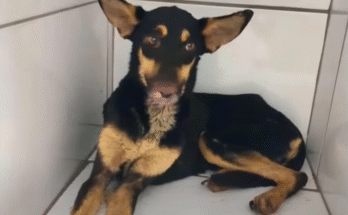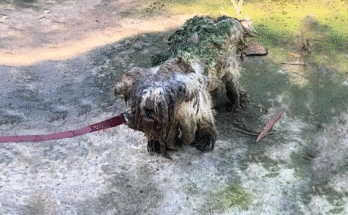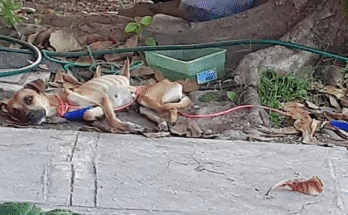
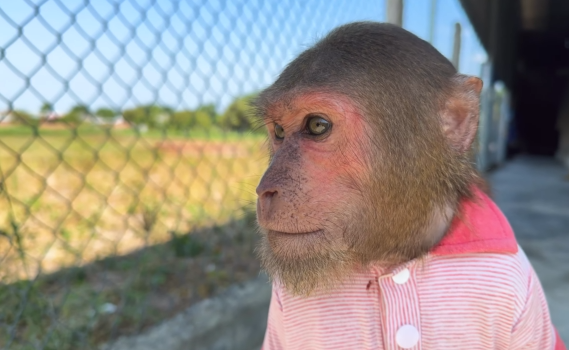
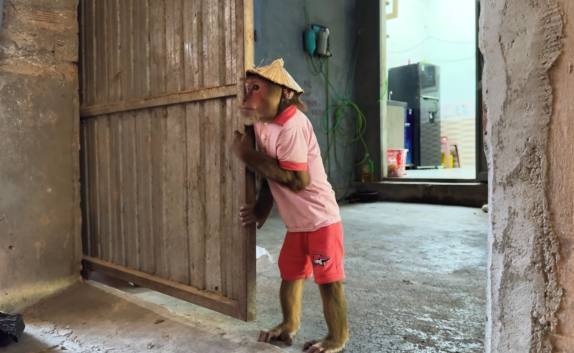
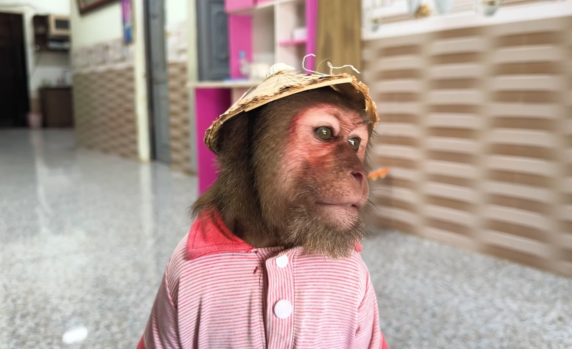
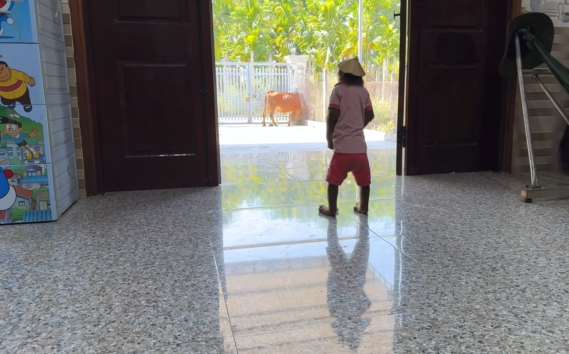
In the quiet hills of a small village tucked between rice fields and banana groves lived Farmer Cutis, a humble, sharp-witted man known for his big heart and clever ways. Cutis wasn’t rich or famous, but his farm thrived under his care, and his neighbors respected him for his honesty, generosity, and unusual way of solving problems. But one day, an unexpected visitor arrived, and Cutis’s life would change in the most surprising and special way.
It all began on a sunny morning when Cutis heard strange cries coming from the mango tree behind his barn. He followed the sound and discovered a tiny baby monkey clinging to a low branch, shaking and clearly terrified. The poor creature looked no more than a few weeks old—its fur still soft and patchy, its eyes wide with fear. There were no other monkeys in sight. It seemed the baby had been left behind or lost its way.
Cutis gently reached out his hand. At first, the baby monkey bared its tiny teeth, uncertain of his intentions. But something about Cutis—his calm voice, his warm eyes—soothed the frightened animal. Within moments, the little monkey let go of the branch and climbed into his arms.
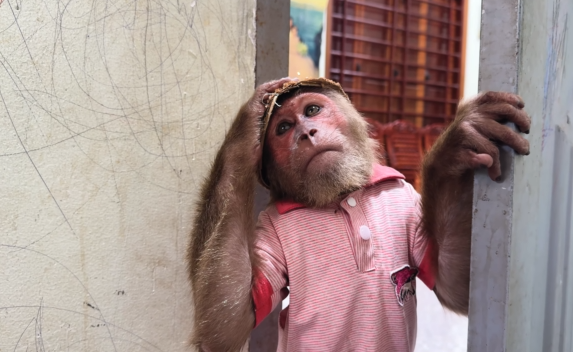
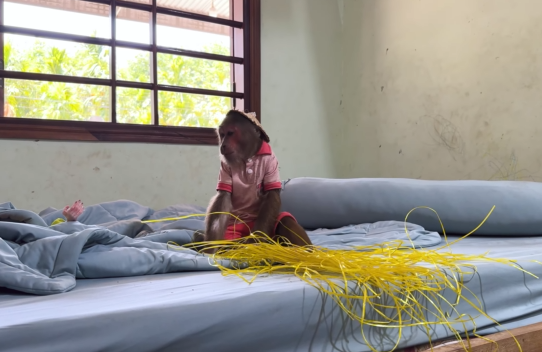
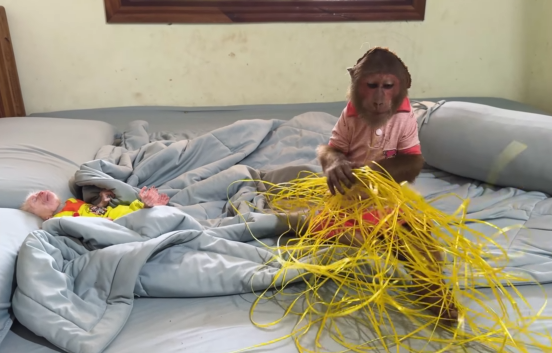
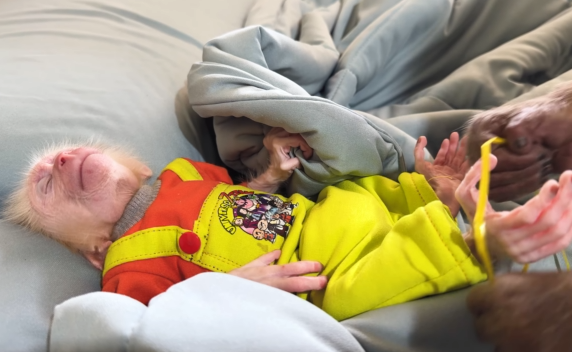
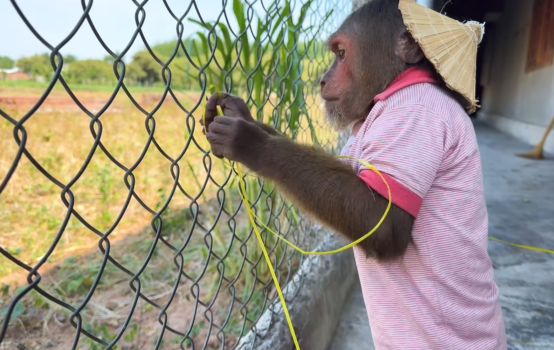
From that moment on, the two were inseparable.
Cutis named him “Choco,” because the monkey had light brown fur like chocolate. Choco was weak, skinny, and clearly dehydrated. Cutis didn’t hesitate—he brought Choco inside, prepared a warm cloth bed in a bamboo basket, and made a special milk blend with coconut water and goat’s milk. He even added mashed bananas for extra sweetness.
What surprised everyone in the village was how quickly Choco recovered—and how creative Cutis was in raising him.
Instead of keeping Choco in a cage like many others might, Cutis designed a tiny wooden backpack so the baby monkey could ride with him as he worked on the farm. He even created a miniature hat to protect Choco from the sun. Choco became a common sight in the village: perched on Cutis’s shoulder or hanging playfully from his toolbelt.
But the real surprise came when Cutis began teaching Choco simple tasks.
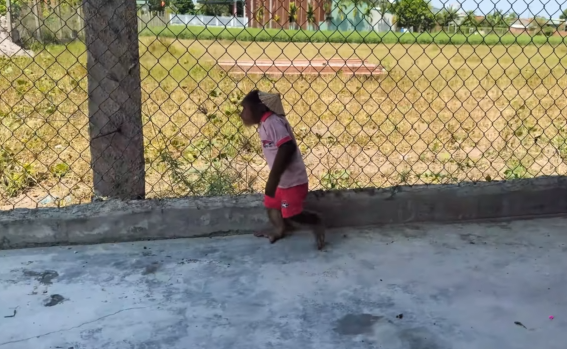
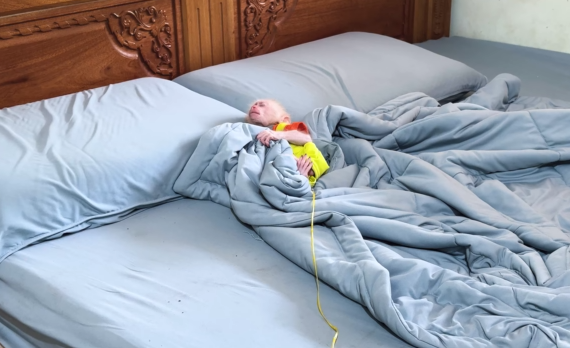
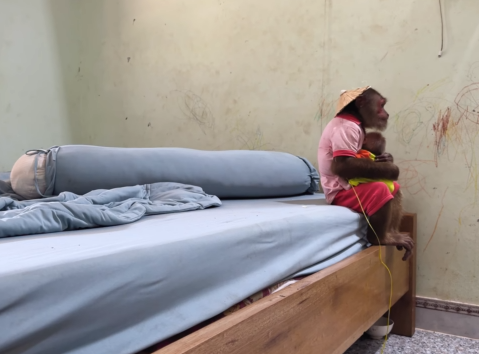
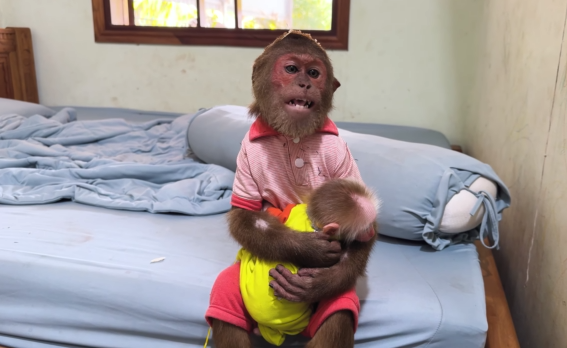
Using gentle repetition and rewards like fruit and cuddles, Cutis taught Choco how to gather ripe fruit, carry small bundles of herbs, and even help sort seeds. Choco learned to ring a small bell when the goats wandered too far. When Cutis plowed the field, Choco would follow behind, carefully picking out large stones and tossing them into a bucket.
It wasn’t long before Choco began to imitate Cutis in other ways. He’d sit beside him during morning prayers, clasping his little hands together. He’d mimic Cutis’s laugh and even tried copying his whistling tunes. Villagers often said, “That monkey thinks he’s human!” But Cutis would just smile and say, “No, he just knows he’s loved.”
Word spread about the clever monkey and his kind-hearted farmer. Children from neighboring villages came to watch Choco’s antics. Local elders marveled at how tame and gentle he had become.
But not everyone was happy.
One day, a trader from the city came to Cutis’s farm. He had heard about Choco and offered a large sum of money to buy the monkey.
“He’s rare,” the man said. “A monkey this smart? I can sell him to a circus or even a zoo overseas.”
Cutis’s eyes narrowed. “He’s not for sale.”
The trader scoffed. “He’s just an animal.”
Cutis held Choco close. “He’s family.”
After that, Cutis became more protective. He built a special treehouse for Choco at the edge of the farm, complete with ropes, ladders, and hiding spots. He even planted extra banana trees nearby so Choco would always have treats close by. At night, Choco slept in a cozy hammock next to Cutis’s bed.
Then came the storm.
One evening, dark clouds gathered, and heavy rain poured for hours. The river swelled and overflowed, flooding parts of the village. Many animals were swept away, and Cutis’s goat pen was destroyed. In the chaos, Cutis slipped and injured his leg badly.
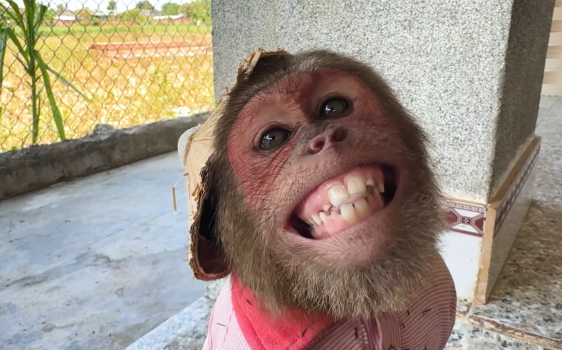
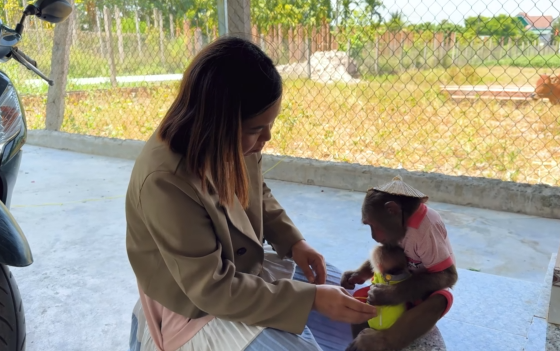
Choco, frightened but determined, ran to the village. People saw him screeching, tugging at pant legs, and pointing back toward the farm. At first, no one understood. But then, a child yelled, “It’s Farmer Cutis! Something’s wrong!”
Led by Choco, the villagers found Cutis lying in the mud, unable to move. With their help, he was carried to safety.
The next morning, as the village began recovering from the flood, everyone agreed: Choco had saved Cutis’s life.
The local newspaper published the headline: “Super Smart Monkey Saves Farmer!” And from that day, Choco wasn’t just a helper—he was a hero.
Months passed, and Cutis healed. Choco remained his constant companion, but now others came to learn from them. School children visited to observe how animals could be taught with kindness. Farmers asked Cutis for tips on building trust with their livestock. Even wildlife experts came to see the famous monkey who wasn’t trained with a whip or a chain—but with love, patience, and cleverness.
Eventually, Cutis and Choco started a small learning center called The Monkey Way, where people of all ages came to discover the power of compassion in caring for animals. They taught about farming, nature, and empathy. Choco became a symbol of what could happen when humans treated animals not as tools, but as partners.
Farmer Cutis never considered himself special. He often said, “All I did was listen. Choco taught me as much as I taught him.”
But to those who visited, to those who saw the little monkey ride on his farmer’s shoulder, help water plants, or gently place fruit into baskets, one thing was clear: this was no ordinary monkey, and Cutis was no ordinary man.
Together, they proved that intelligence isn’t just about brains—it’s about heart. And sometimes, the smartest thing you can do… is simply to care.
